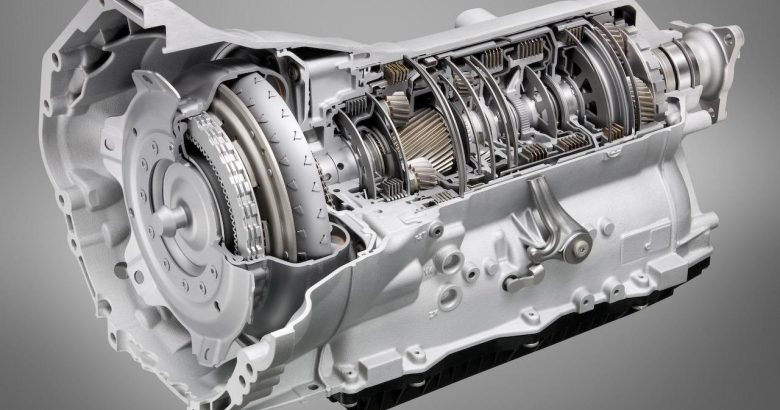
Most car owners know that the transmission fluid in their car needs to be changed periodically but they often forget to do it. If you have your car serviced by a dealer, this is unlikely to happen because the mechanics there know all the change intervals and will suggest that it be done at the appropriate time. It’s usually just an issue with independent repair shops or DIYers.
Complex machinery
Automatic transmissions have a lot of parts inside of them. The main components include the torque converter, planetary gear set, hydraulic pump, hydraulic clutches, clutch bands, and the valve body. Frankly, they are a remarkable piece of machinery. Here’s what the main parts do:
Valve body – The valve body is a complex hydraulic control center that uses transmission fluid to run a system of spring loaded valves, check balls, and servo pistons. The valves determine what gear ratio is appropriate at what speed and load condition.
Torque converter – The torque converter is a donut-shaped hydraulic fluid coupling that connects the engine to the transmission. Consisting of a stator, impellor, and turbine, the torque converter converts the engine torque into transmission torque.
Planetary gears – The planetary gear sets are what do the shifting in the transmission. They consist of a sun gear, planet gears, and a ring gear. The gear ratio is determined by how the planet gears are locked and how the clutch bands are applied.
Pump – Located between the torque converter and the planetary gear set, the pump pressurizes the oil for use throughout the transmission. If it fails (which is rare), the transmission will not work at all.
Clutches & Bands – Clutches and bands are used to help the transmission shift gears by allowing gears to rotate, engage, or disengage.
Automatics make themselves dirty
Reedman-Toll Chevrolet of Springfield, a local Chevrolet dealer in Springfield, PA, explains how automatic transmission fluid gets dirty in the first place. True, they are completely sealed devices but automatic transmissions have clutch bands that wear down very slowly over time. The point of these bands is to hold clutch packs firmly but doing this causes some of the material on those clutches to shed and contaminate the transmission fluid with debris. Problem is that this debris-filled fluid gets forced through internal channels, orifices, and filters. As it builds up, it will start to mess up certain parts of the gearbox. This can manifest in sticking valves, causing a harsh gear changes and other maladies.
Fresh fluid
The solution to all this is simple. Replace the transmission fluid periodically with clean, fresh fluid. This will keep debris and gunk out of the transmission and allow it to function properly. At a minimum, change your transmission fluid according to the manufacturer’s suggested intervals. The low end for an automatic transmission fluid change interval is around 30,000 miles. On the high-end is a change interval of 100,000 miles. To find the interval that your car’s manufacturer suggests, consult your owner’s manual. If you don’t have one, go on-line and search, or simply call your local dealer.